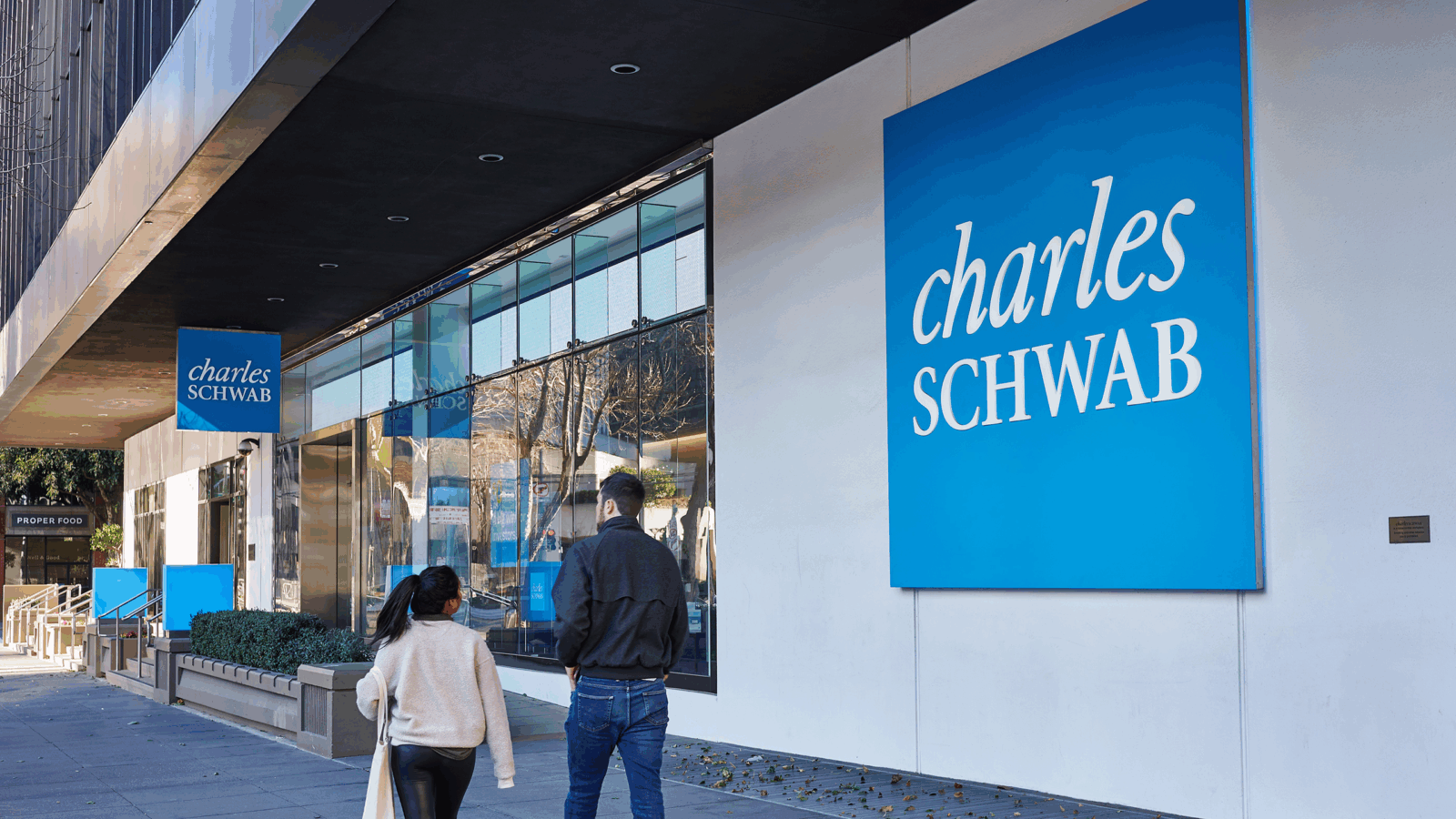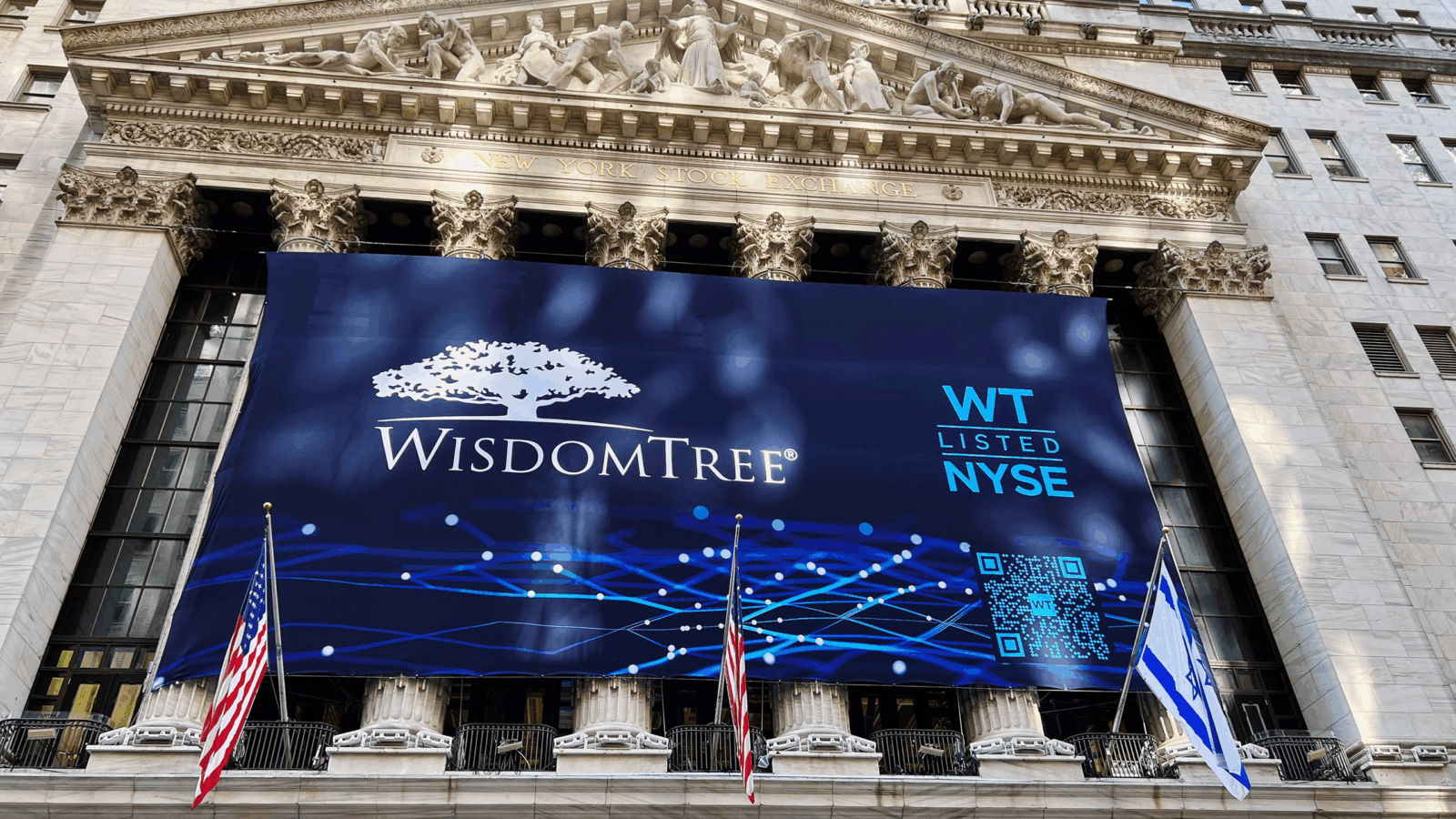Good morning and happy Wednesday.
Here’s a fun fact: The sunfish may grow more than any other multicellular organism, emerging from an egg only a few millimeters in diameter and maturing to a 10-foot-long beast weighing about 1,200 pounds. It can increase by about 60 million times its initial mass, according to the most reputable sources ETF Upside could find. Sorry, financial services world — there just isn’t anything that can match the growth factor of the superbly weird sunfish. The worthiest contender might currently be the iShares Bitcoin Trust ETF, which just claimed the title of the (not at all arbitrary) fastest-to-reach $70 billion crown. Bloomberg Intelligence analyst Eric Balchunas recently cited the achievement, noting that IBIT beat out the prior champion, SPDR Gold Shares (GLD). IBIT surpassed $70 billion in 341 trading days, compared with 1,691 for GLD. Or, IBIT grew by 627 times the $112 million it drew in on its first day.
Give it some time, perhaps. Until then, go fish!
Schwab Keeps Industry’s ETF Fee Cuts Rolling

It’s not just a “cheap trick” — Charles Schwab this week cut fees this week on four ETFs. It wants you to want them.
The company on Monday cleaved costs, in some cases by as much as half, on its $4 billion 1000 Index ETF (3 basis points, down from 5); $48 billion International Equity ETF (3, down from 6); $4.4 billion International Small-Cap Equity ETF (8, down from 11); and $10 billion Emerging Markets Equity ETF (7, down from 11). “We continually review our cost-effective product suite to find new opportunities to lower costs for investors,” John Sturiale, head of product management and innovation at Schwab Asset Management, said in a statement to ETF Upside. “With these fee reductions, all Schwab market-cap weighted index ETFs are now available for less than 10 basis points.”
“Surrender” to Lower Fees
It’s not the first time in recent history that Schwab has pared expenses on its exchange-traded funds. In February, it reduced the fee on its International Dividend Equity ETF from 14 basis points to 8. It also dropped fees on seven of its passive fixed income ETFs in 2022, with all but one dropping to 3 basis points. The company further trimmed its remaining ETFs in that category to 3 basis points a year later. The fresh round of fee cuts shows “a continued desire on Schwab’s part to be a low-cost leader in ETFs,” said Zach Evens, a manager research analyst at Morningstar Research Services. Of course, the company also has to compete with the likes of Vanguard, State Street, and others that provide bargain-basement pricing, he noted. And Vanguard earlier this year made the biggest set of fee cuts in its history — it reduced expenses by an average of 20% across 87 funds.
Along with the new ETF fee reductions, Schwab announced share splits for half a dozen of its mutual funds:
- The Schwab 1000 Index, US Large-Cap Growth Index and Total Stock Market Index funds will see splits of 10-1, 8-1 and 7-1, respectively.
- The Schwab S&P 500 Index, US Mid-Cap Index and US Large-Cap Value Index funds will get split by 6-1, 5-1 and 4-1, respectively.
But Don’t Give Yourself Away: Costs have come down considerably in ETFs, particularly on an asset-weighted basis. Investors choose passive ETFs largely because of the low costs, so shopping around for the best deals makes sense. “Investors overwhelmingly favor cheap products and cheap ETFs,” Evens said. “And that brings down the average fee that investors pay.”
Low Volatility, High Dividend. Pivot to LVHI, an equity strategy designed to manage volatility. Explore Franklin International Low Volatility High Dividend Index ETF.
Weight-Loss Drug ETFs Generate Skinnier Returns Than Expected
GLP-1 investors haven’t gained as much as expected from others’ losses.
Since the FDA approved Wegovy, also known as semaglutide, as an injectactable treatment to help people manage their weight, several exchange-traded funds tracking the performance of the company and its rivals in GLP-1 medications have largely failed to reflect the massive popularity of the drugs themselves. Still, the companies behind the funds seem to be staying the course, with faith that the drugs will appeal to increasingly wider audiences — offering healthcare investors an opportunity to get in before the market peaks.
No Pain, No Gain
The main ETFs in the weight-loss drug segment are the Tema Cardiovascular and Metabolic ETF (HRTS), the Roundhill GLP-1 and Weight Loss ETF (OZEM) and Amplify Weight Loss Drug & Treatment ETF (THNR). Despite THNR hitting a 52-week high recently — roughly $22 a share, up from a low of $18.56 a share — both it and HRTS have fallen 11% over the past year. HRTS, the first to launch, has holdings in 30 to 40 companies. “It’s a strategy which has done well, but frankly, has been volatile,” Maurits Pot, the founder and CEO of Tema ETF Management, said. OZEM, the second-largest of the funds by assets, has outperformed the other two, gaining more than 5% in the same period.
One reason for the underwhelming returns is that the funds’ main holdings are primarily in a handful of pharmaceutical giants such as Ozempic manufacturer Novo Nordisk, whose stock has underperformed of late. Other major holdings for all three products include Eli Lilly & Co., Zealand Pharma and Roche Holding AG. The healthcare field as a whole is facing volatility, Pot noted, making it all the more important for investors to remain calm. “This is a strategy which is differentiated by construction, differentiated by how people can approach it,” he said. All three funds also have relatively high expense ratios: OZEM and THNR’s ratios sit at 0.59%, while HRTS has a whopping 0.75% fee:
- OZEM launched in May 2024 and has $37 million in AUM.
- HRTS launched in November 2023 and has $51.8 million in AUM.
- THNR launched in May 2024 and has $2.9 million in AUM.
Ozempi-mania: Despite the challenges, there may be reason for optimism about the niche’s future as competition in the weight-loss drug marketplace ramps up. Since 2021, new prescription and over-the-counter weight-loss drug medications have hit the market following FDA approval, under names like Zepbound, Olistat, and Contrave. Investors may also want to get in on the weight-loss drug market for its non-weight-loss effects: Recent trials have shown the drugs may help to protect against dementia.“There’ll be short-term volatility,” Pot said. “Our view is that won’t last forever, and the need has never been greater.”
WisdomTree Branches Out to Private Credit

WisdomTree is adding blockchain to the growing world of private credit funds.
The company filed with the Securities and Exchange Commission last week for the latest flavor of private credit exposure in the form of a mutual fund. The nuance of the proposed product, compared with the few Investment Company Act of 1940 private credit funds out there, is tokenization — it would be part of WisdomTree’s digital trust. Shareholders would need to have digital wallets, such as one provided by WisdomTree, in order to invest. The product, WisdomTree Private Credit and Alternative Income Digital Fund, would be passively managed, investing in registered closed-end companies and real estate investment trusts.
“Because private investments have surged in popularity recently, it makes sense that more retail investors are interested in accessing the space,” said Roxanna Islam, head of sector and industry research at TMX VettaFi. “And generally, retail investors are more comfortable with open-ended funds like ETFs and mutual funds.”
Extra Upside
- Coming Full Circle: Stable coin firm Circle Internet Group’s IPO prompted some big ETF bets.
- Ready Player None: A new covered-call ETF won’t hold any GameStop stock but will use options to get monthly income.
- MoneyShow Has Been Connecting Investors, Traders, And Financial Advisors With 100s Of Leading Market Experts At Live Conferences And Online Expos For 45 Years. Now, get their experts’ insights each trading day in the Top Pros’ Top Picks newsletter for free. Click here to subscribe.*
* Partner
ETF Upside is written by Emile Hallez. You can find him on LinkedIn.
ETF Upside is a publication of The Daily Upside. For any questions or comments, feel free to contact us at etf@thedailyupside.com.

